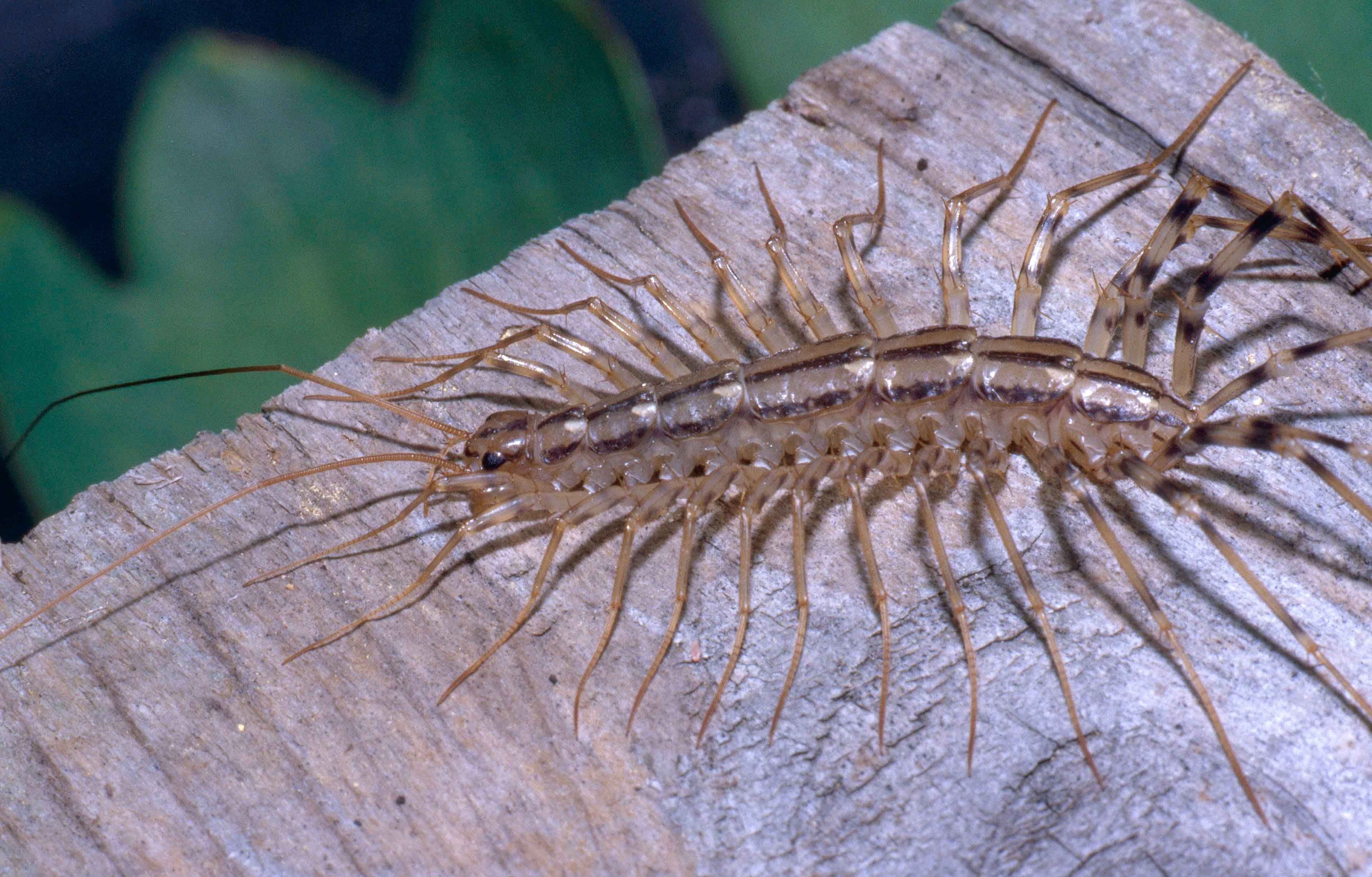
House centipedes are often met with a swift reaction: many people’s first instinct is to squash them immediately upon sight. Their many legs, swift movements, and ability to appear in unexpected places make them one of the most misunderstood creatures in our homes. Yet, despite the initial shock, these seemingly frightening insects are actually beneficial allies. Before you reach for that shoe or fly swatter, consider the important roles centipedes play in natural pest control and why killing them might not be the best choice.
In this article, we’ll delve into why house centipedes deserve more respect and how allowing them to stay can help you maintain a healthier, pest-free environment in a natural, eco-friendly way.
The Role of Centipedes: Nature’s Silent Protectors

Centipedes are predators by nature, and their primary role in your home is controlling pest populations. These creatures feed on insects that can become troublesome in households, such as:
- Cockroaches
- Spiders
- Silverfish
- Bedbugs
- Ants
- Termites (in some cases)
House centipedes are highly efficient at seeking out and eliminating these pests. Their long legs and speed allow them to move quickly, hunting and catching prey that may be hiding in cracks or crevices around your home. In fact, centipedes are particularly effective at controlling cockroach populations, which are notorious for spreading diseases. By keeping pest numbers in check, centipedes help reduce the likelihood of infestations and improve the overall cleanliness of your living space.
Why Killing Centipedes Can Be Counterproductive
